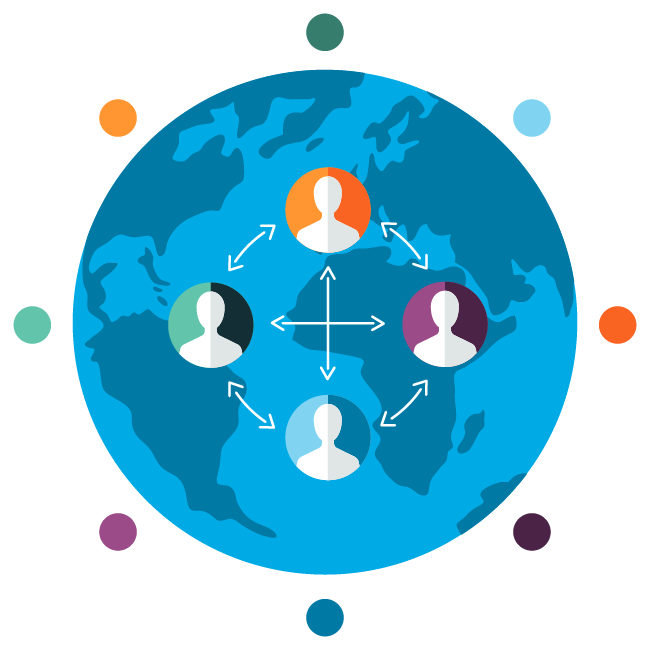SPS Commerce powers the connections that move commerce forward.
The SPS Retail Network powers the global retail supply chain, offering a single, powerful solution to meet both your retail and e-invoicing needs. We connect trading partners, accelerate products-to-shelf and drive collaboration to boost sales through data insights. We ensure every retail channel works together to meet the customer where they want to buy.
customers
system partners
connections
retailers, grocers and distributors
SPS Commerce solutions to move your supply chain forward
Find an EDI solution
Solve your order fulfillment problems, gain EDI capability, attain EDI compliance, connect systems and onboard trading partners with SPS Fulfillment EDI.
Exchange e-invoicing documents
Everything you need to comply with e-invoicing requirements across the globe.
Easily share product information
Transform and deliver product data to your trading partners with SPS Assortment, allowing you to meet consumers’ growing demand to access more product information across all shopping channels.
Leverage retail data
Drive sell-through velocity, improve margins and enhance customer loyalty with insight into sales and inventory data. SPS Analytics is designed to help you collect, clean and use your sales data.
Improve vendor compliance
Leave your trading partner community maintenance and onboarding process to the experts with SPS Community. Ensure rapid compliance and faster speed-to-value with our proven development strategies.
Accelerate 3PL efficiency
Standardize and automate your customer communications with the #1 solution for 3PLs. Simply connect to the SPS network once and communicate item, inventory, order, delivery and status information with all your customers.
SPS Commerce: the best connection stability in the industry
By simplifying the exchange of supply chain data, we became the world’s retail network. SPS provides data visibility, access and accuracy without having our customers configure or update any specs themselves. Check out some of the brands that selected SPS as their full-service network:
- Retail
- E-Commerce
Full-service solutions with a global focus
When you join the SPS network, you get the expertise of a dedicated team who understands the dynamics of the retail supply chain ecosystem, the guidance to ensure you and your partners are equipped to perform your best together—and the freedom to seamlessly connect, collaborate and prosper with more partners across the world’s retail network as your business grows.

Discover a full-service e-invoicing solution
Our solution empowers businesses of all sizes to seamlessly automate electronic invoicing, ensuring compliance with tax, legal, and trading partner requirements. Whether you’re new to e-invoicing or looking to improve existing processes, SPS Commerce provides a centralized solution that keeps you ahead of regulatory changes while streamlining operations. By eliminating the burden of managing multiple trading partners, we help you stay focused on your core business.
